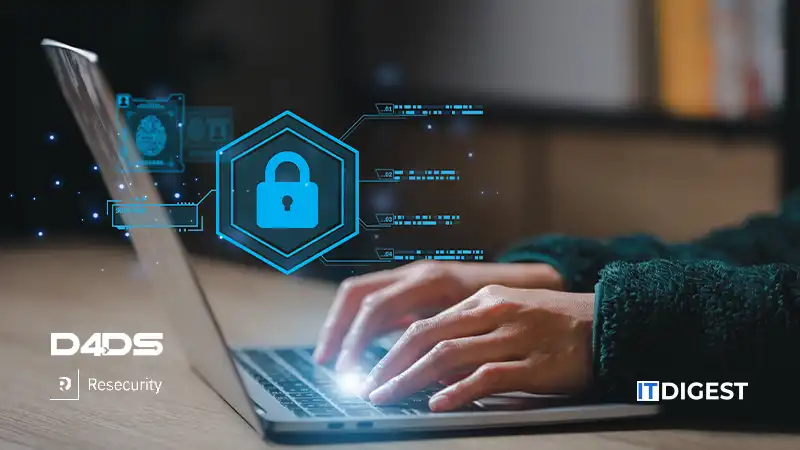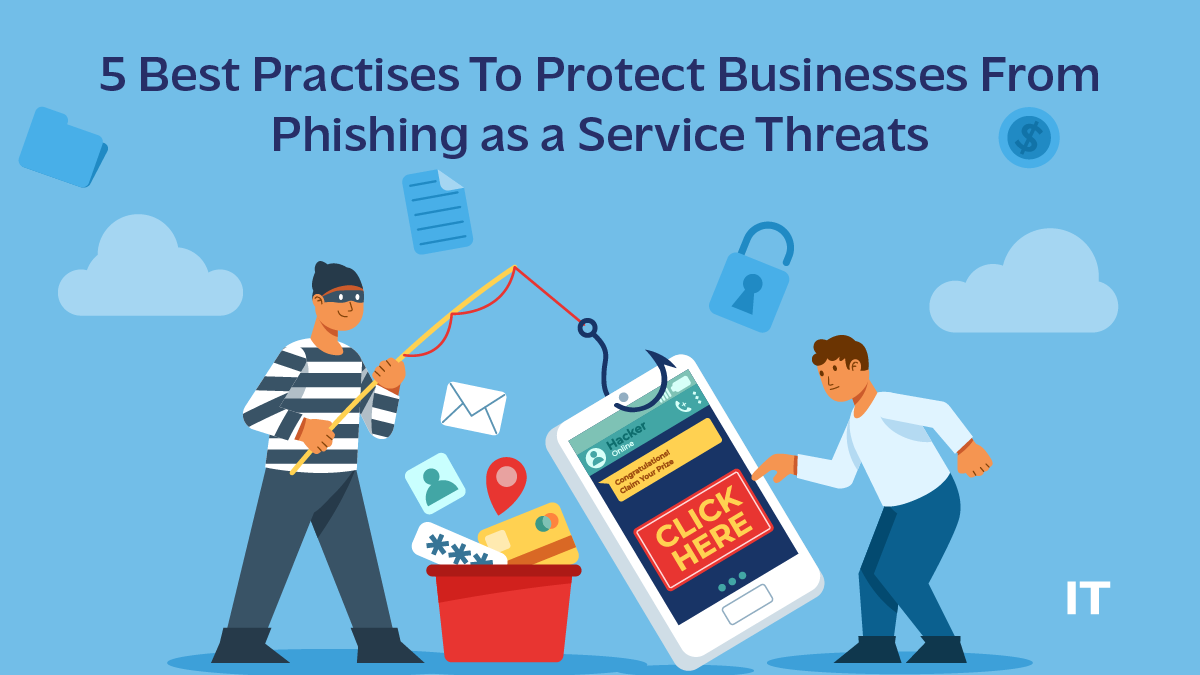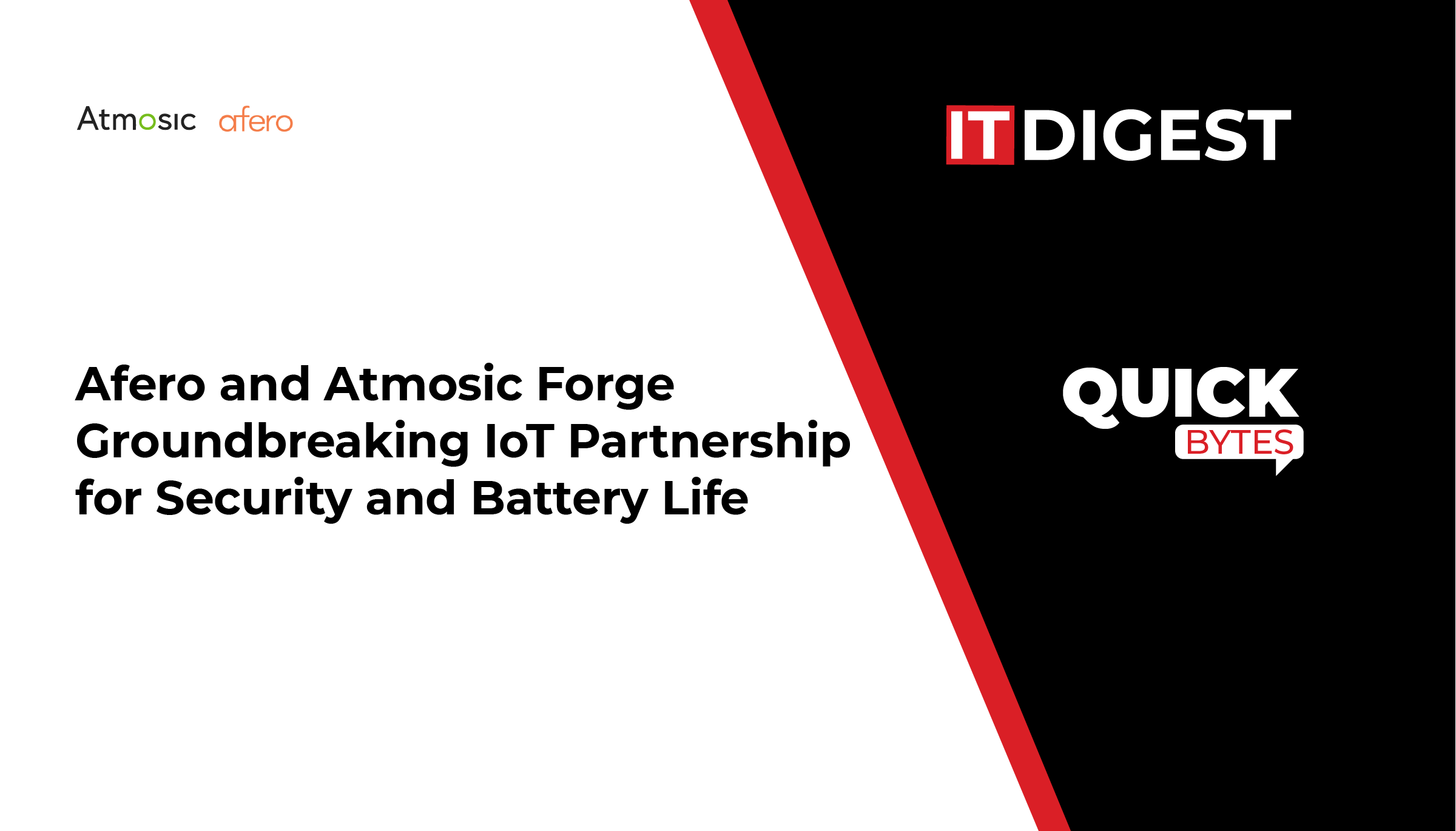The cybercrime landscape is evolving at a rapid scale and becoming more sophisticated with every passing day. There is a surge in the availability of various phishing-as-a-service (PhaaS) platforms. The entire cybercrime sector has revolutionized from its traditional business models. These cybercrime-as-a-service business models are giving capabilities to less experienced cybercriminals to accomplish their malicious goals. Threat actors, without even having the technical capabilities, can make use of phishing as a service to execute multiple phishing attacks.
In this blog, let us have a look at what phishing as a service is and how businesses can protect themselves from these risks.
PhaaS simulates a Software-as-a-Service (SaaS) business model offering access to phishing kits in exchange for a subscription fee. Cybercriminals are the vendors that provide access to the required tools and skills to execute a phishing attack successfully.
What Does Phishing Mean?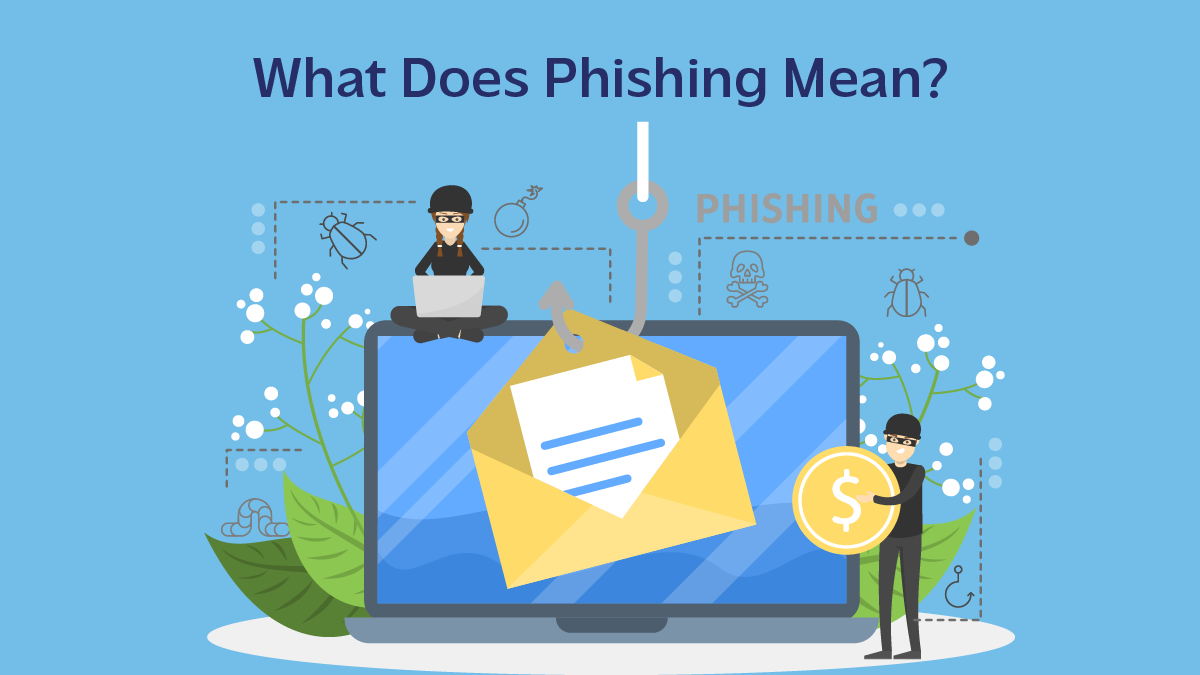
A malicious strategy that is designed to steal personal information leveraging deception strategies such as legitimate login web landing pages, which in reality are hoax phishing pages. A traditional phishing strategy incorporates a scam by drafting an effective message and developing a fake website that also steals information. However, malicious actors today can even purchase these in a phishing kit that builds a persuasive decoy.
Cybercriminals can execute an identity theft by impersonating a reliable entity by copying the exact company logo, official website, and brand colors. The key to successful phishing is keeping the messages very realistic.
Phishing attackers develop a login web page that looks legitimate, which develops a sense of trust in the users, and they fall victim to the scam. The targets are duped into giving their confidential data such as user IDs, credentials, bank details, credit card information, and others with consent.
Once the victim clicks on the submit button on the fake web page, the criminals can use the information for executing financial fraud or identity theft to get access to all the personal data of the victim. In a few cases, these threat actors sell the information on the dark web for other malicious actors to make use of it.
How Does Phishing-as-a-Service Work?
Earlier, phishing as a service vendor was marketing their products and services on the dark web. Nowadays, these service providers are even on the normal internet trying to look for clients for their phishing attacks.
If the client is interested in executing a phishing attack, he can purchase a phishing kit. The prices of these kits can start as low as USD 40. Similar to other product offerings, these service providers market their products to improve the conversion rate. They also give discounts and black Friday offers to entice their clients.
Also Read: 8 Ways Patient Engagement Technology Improved Patient Care
5 Best Practises to Protect Your Business From Phishing as a Service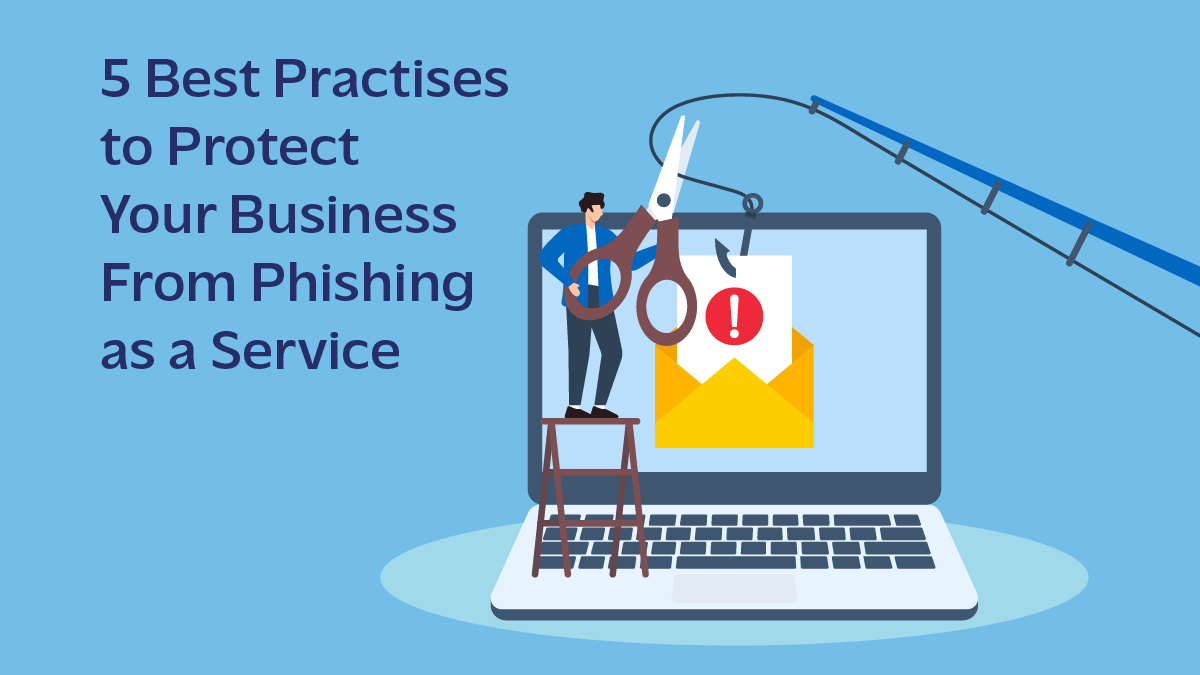
Prevention against PhaaS needs a multi-faceted strategy that amalgamates the latest technologies and user education to make the security posture more resilient. The prime focus of the security teams should be on protecting the users’ inboxes because email-driven phishing attacks are one of the most common phishing attacks and can be quite destructive.
1. Implement Cutting-Edge Email Filtering Tools
It is crucial to integrate the latest email filtering tools like email security gateways that can identify and isolate phishing emails before they even penetrate through the users’ inboxes. Email filtering tools serve as an obstruction between the external internet and the internal business network. These tools evaluate the emails for suspicious links, fake web addresses, and anomalous email attachments.
2. Adopt a Strong Credential Policies and Multi-Factor Authentication (MFA) Tools
In order to strengthen the email security of the entire organization, businesses need to implement robust MFA and enforce the best practices for users to maintain password hygiene.
3. Implement Patches on A Regular Basis
One of the crucial aspects of preventing the organization from phishing as a service is to update patches of email systems as soon as they are available. It is one of the most effective ways to avoid being a victim of a phishing campaign from exploiting known vulnerabilities.
4. Improve the Technical Security Controls
Implement more technical security controls, including domain-based message authentication and reporting and conformance protocol. It is an efficient strategy to validate the email’s source and minimize the number of spoofed messages. Adopting endpoint protection solutions as an extra layer of security helps identify and block malicious and suspicious activities on devices.
5. Educate the Entire Workforce
Businesses need to educate the entire organization to create awareness of phishing as a service and its potential repercussions. Security teams can conduct regular training sessions with the entire workforce to increase the possibility of them recognizing phishing attacks. Simulating phishing attacks can put the workforce’s knowledge to the test and determine what types of phishing attacks can the organization be a victim of. It is an effective way to modify the training programs based on the workforce’s knowledge and experience. Security teams can embrace the latest training strategies like gamification to make the phishing awareness program more engaging and resonate with the audience.
Wrapping UP Phishing as a Service
The PhaaS business model enables multiple cybercriminals without the required skill sets or technological capabilities to execute a sophisticated social engineering attack successfully. This service intensifies the number of attacks and strengthens the attack approach, which poses a significant challenge for enterprises in every industry.









